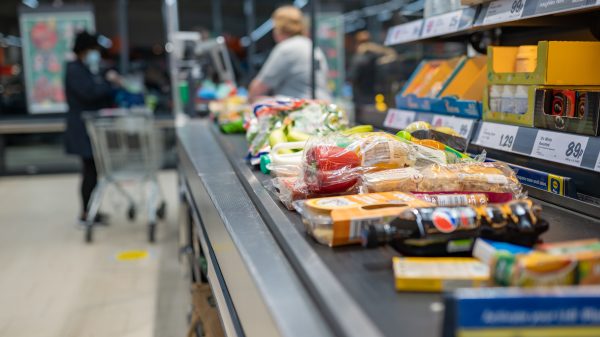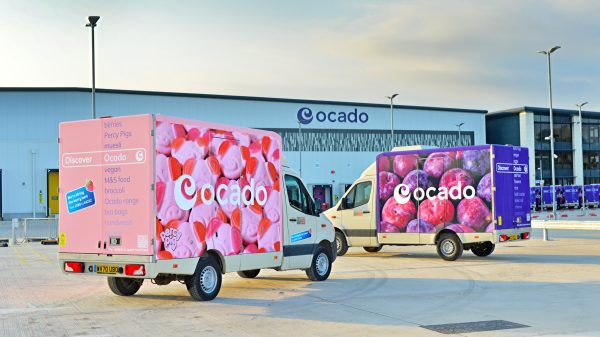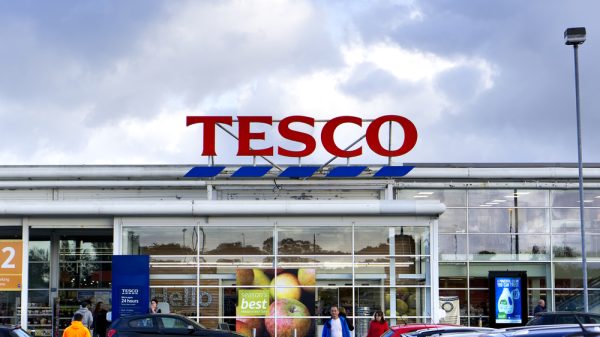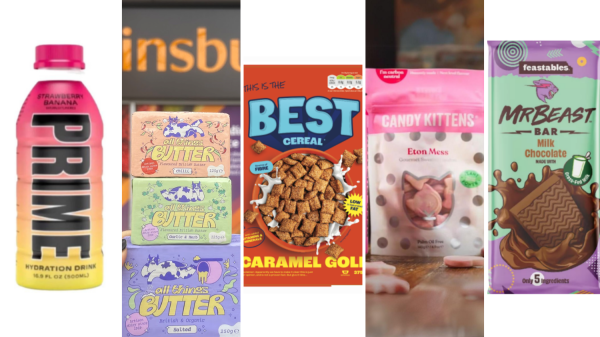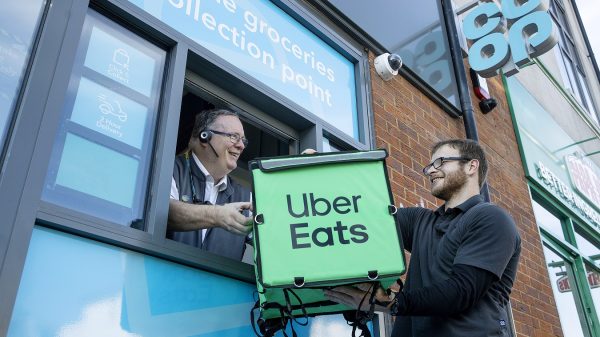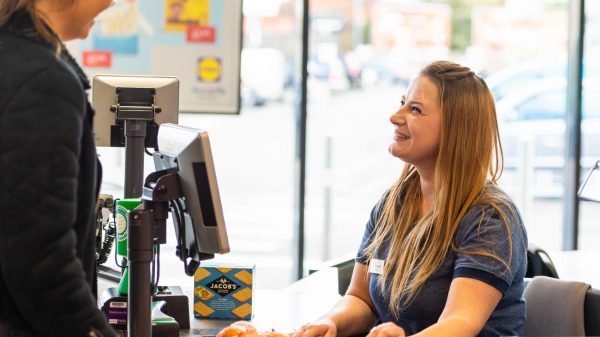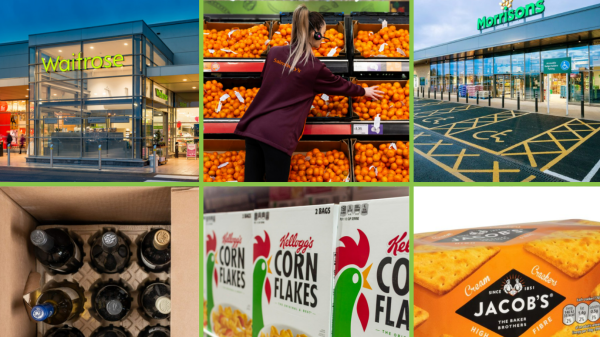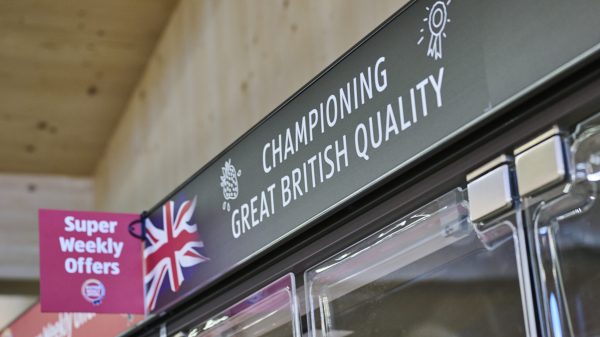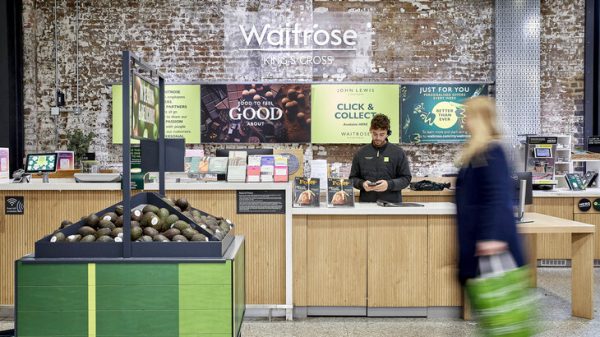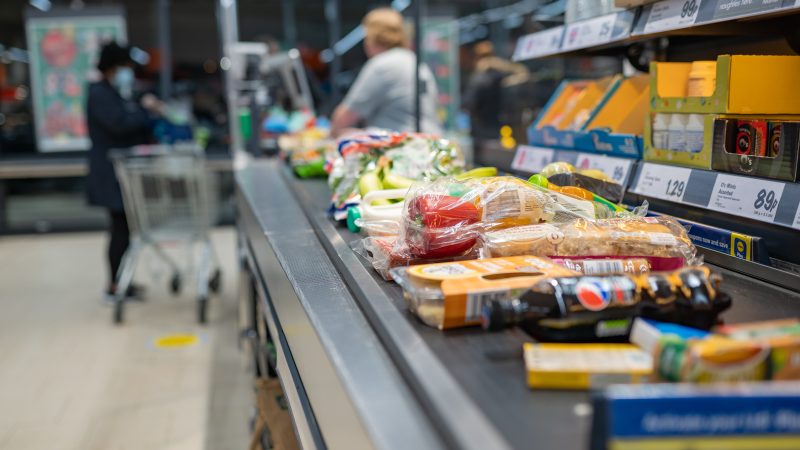The B2C food delivery market has experienced an unimaginable boom due to the ongoing pandemic.
Over lockdown, consumers have grown used to taking advantage of all kinds of food delivery, whether it is pizza, meal kits or even groceries.
In contrast, the B2B food delivery space has observed a reduced demand in their services due to office closures and government rules encouraging working from home.
Now, as restrictions ease, both sides are asking themselves what the future might hold. Will people return to the office and, if so, in what capacity? Will customers move away from eating at home and abandon meal kits and pizza delivery?
The pandemic has not only changed demand, it has also forced companies and consumers alike to shift their focus away from reducing waste and relying upon gig-working practices.
Prior to the pandemic, there was a pronounced emphasis on reducing packaging material and food waste, but now safety-conscious consumers are asking for single use, plastic-wrapped packaging.
Hopefully, as we emerge from the pandemic, we will return to putting the environment first and reducing plastic consumption.
Going forward, it will be interesting to see how different food delivery companies adapt to these challenges, as attention shifts back to this area.
One notable example that demonstrates investors’ renewed interest in responsible investing was when Deliveroo’s business model came under fire from investors and the media alike for underpaying and overworking their riders.
A shift to innovation
Besides the Covid-driven pattern changes, there is a new trend evolving across companies: the main priority for food delivery businesses so far has been digitising existing offerings and processes, as Delivery Hero or the TakeAway group have done, for example.
Upon closer inspection however, relatively little innovation has actually happened here – especially around the food itself (a notable exception to this being the meal kit companies provide, giving consumers a novel and exciting cooking experience).
The next wave of food delivery start-ups are far more focused on providing truly innovative and disruptive business models, the most famous example being the likes of the German-based ‘grocery on demand’ business Gorillas which raised $290 million in March of this year and getir, the Turkish family-owned grocery delivery service, which raised $300 million.
Both have expanded their operations into the UK, where their offering focuses on speedy grocery deliveries, challenging market leaders Deliveroo and UberEats.
Impact on food investment and outlook
Investor sentiment around food delivery remains rosy, with UK food delivery app revenues forecast to reach $9.4 billion (£6.7 billion) in 2025.
This optimism stems from the fact that, while we are beginning to see the benefits of improved digital systems and platforms, investors recognise that real growth and innovation in the food tech space is still yet to come, in both B2B and B2C spaces.
The ‘quick commerce’ and food delivery segments were best placed to benefit from lockdown restrictions.
There is, however, still plenty to come across the rest of the foodtech space, including potentially game-changing developments around lab-grown meat and vertical farming.
Growing signs of disruption within an increasingly competitive B2B food delivery market are already visible too.
Traditional incumbents are having to invest hugely towards updating their digital offerings, we’ve seen Compass purchase Feedr, Sodexo partner with Fooditude, and even activity among B2C digital players like JustEat acquire City Pantry; whilst both of them have been local companies, focusing on the UK market only, there remains massive potential on a global scale.
The key lesson impacting the investment potential for both B2C and B2B food delivery markets is the ability to adapt to innovation while meeting customer’s needs.
The former’s successes to date have largely stemmed from adapting digital processes to meet physical consumer demand, through fast delivery times and intuitive ordering platforms with easy-to-navigate interfaces. Meanwhile, the latter needs to combine this with balancing the updated needs of employees alongside the financial and ethical considerations that have become integral to the corporate space.
As the food delivery space recalibrates to a post-covid world it will be fascinating to see how B2B and B2C players recognise and harness the best aspects of both markets, and embrace the innovative developments that are set to transform this industry. Ultimately, those that do will give themselves the best chance to attract new customers and investors alike.
By EatFirst chief executive and former US co-CEO of Hello Fresh Adrian Frenzel.

